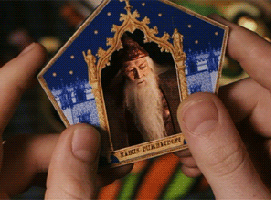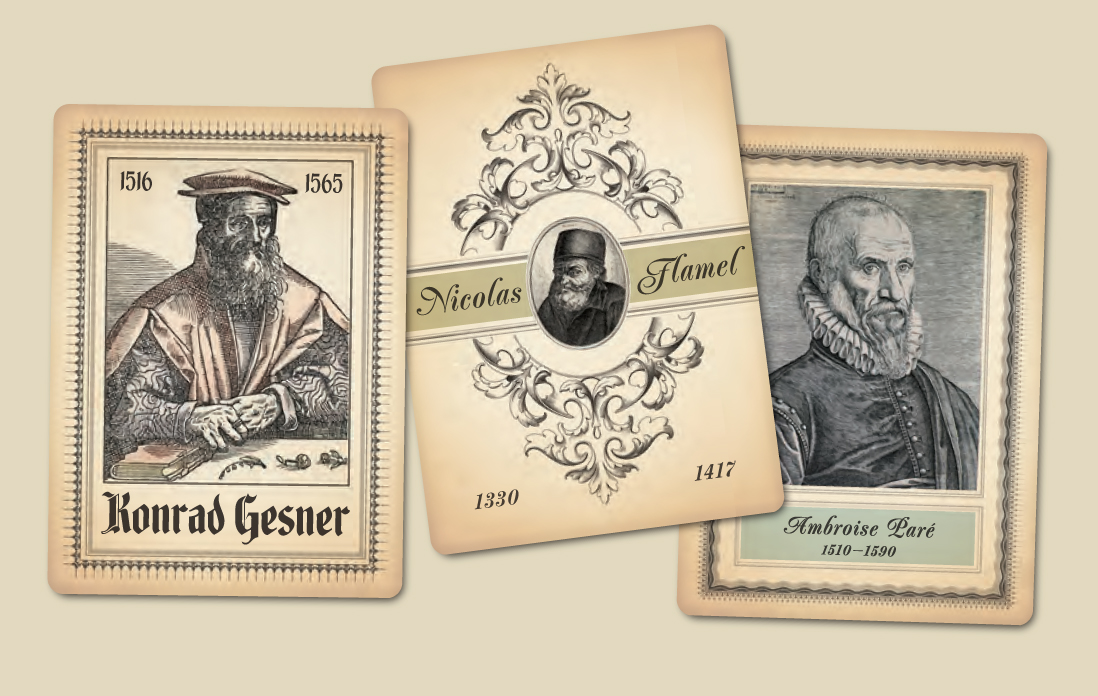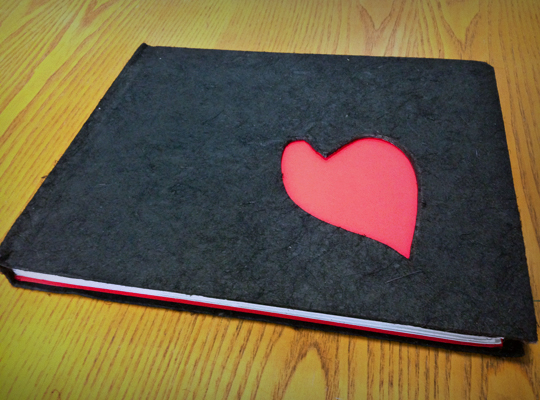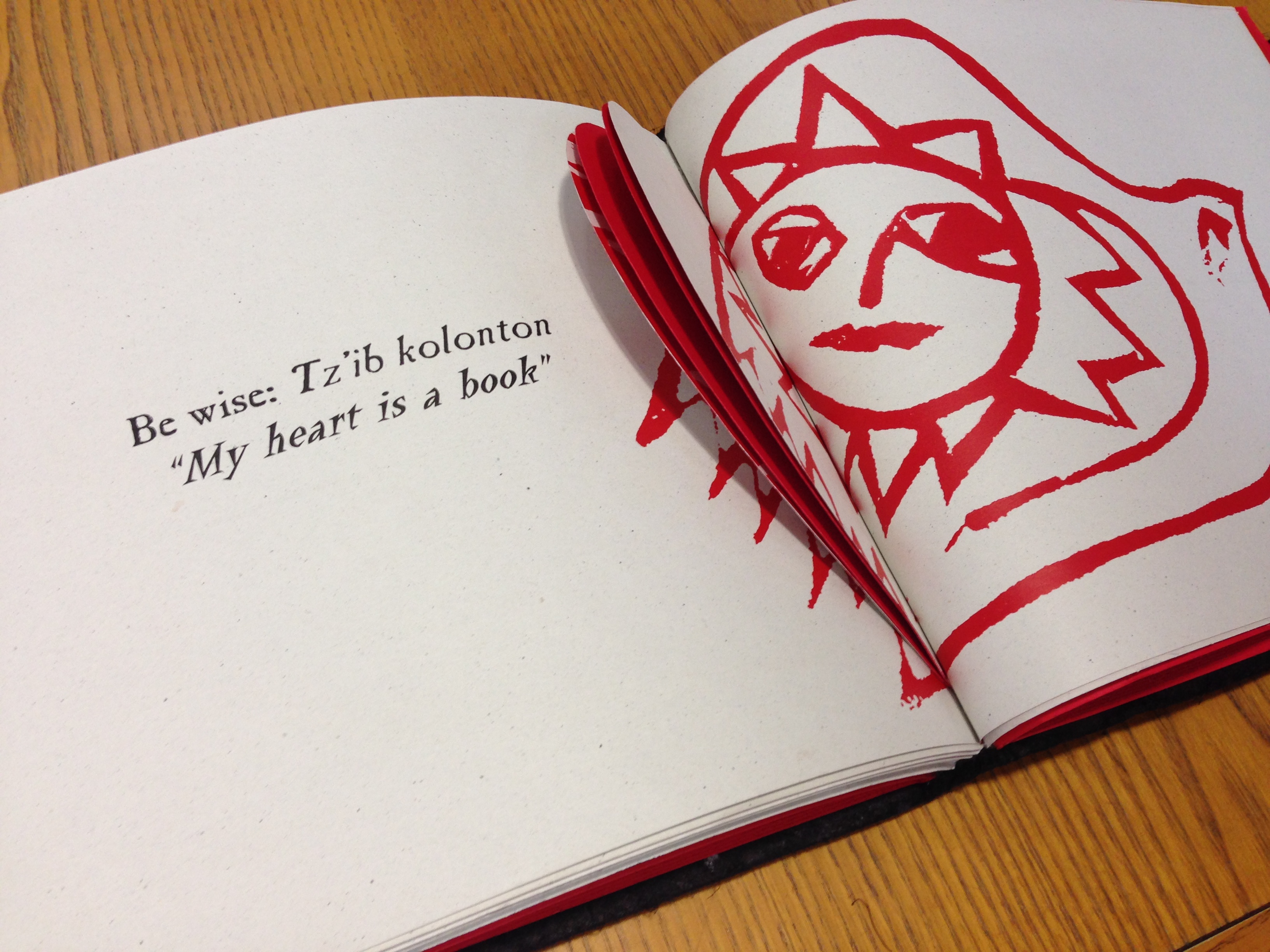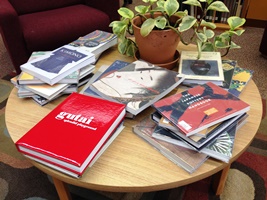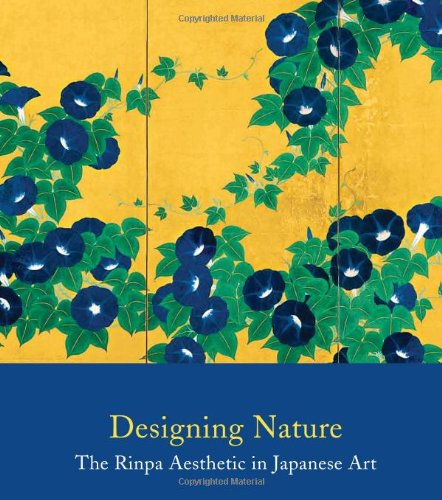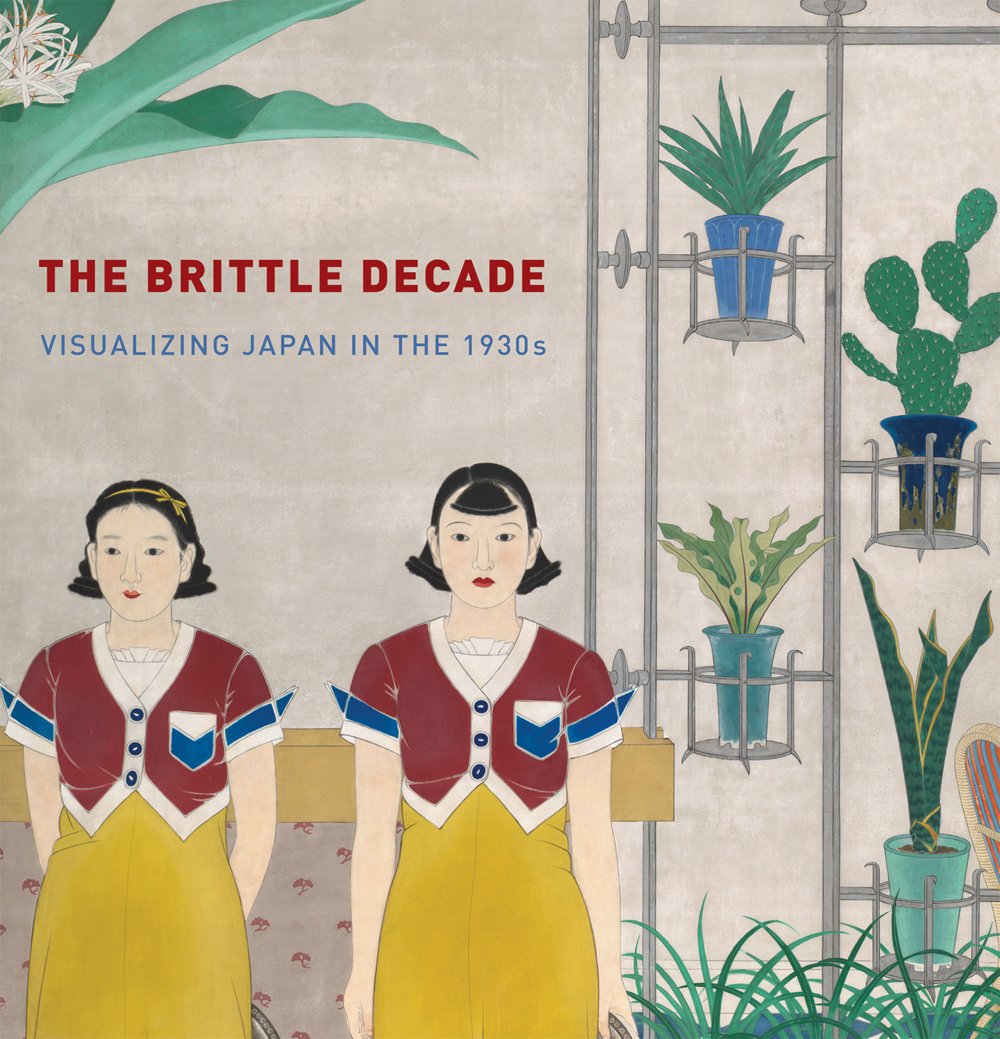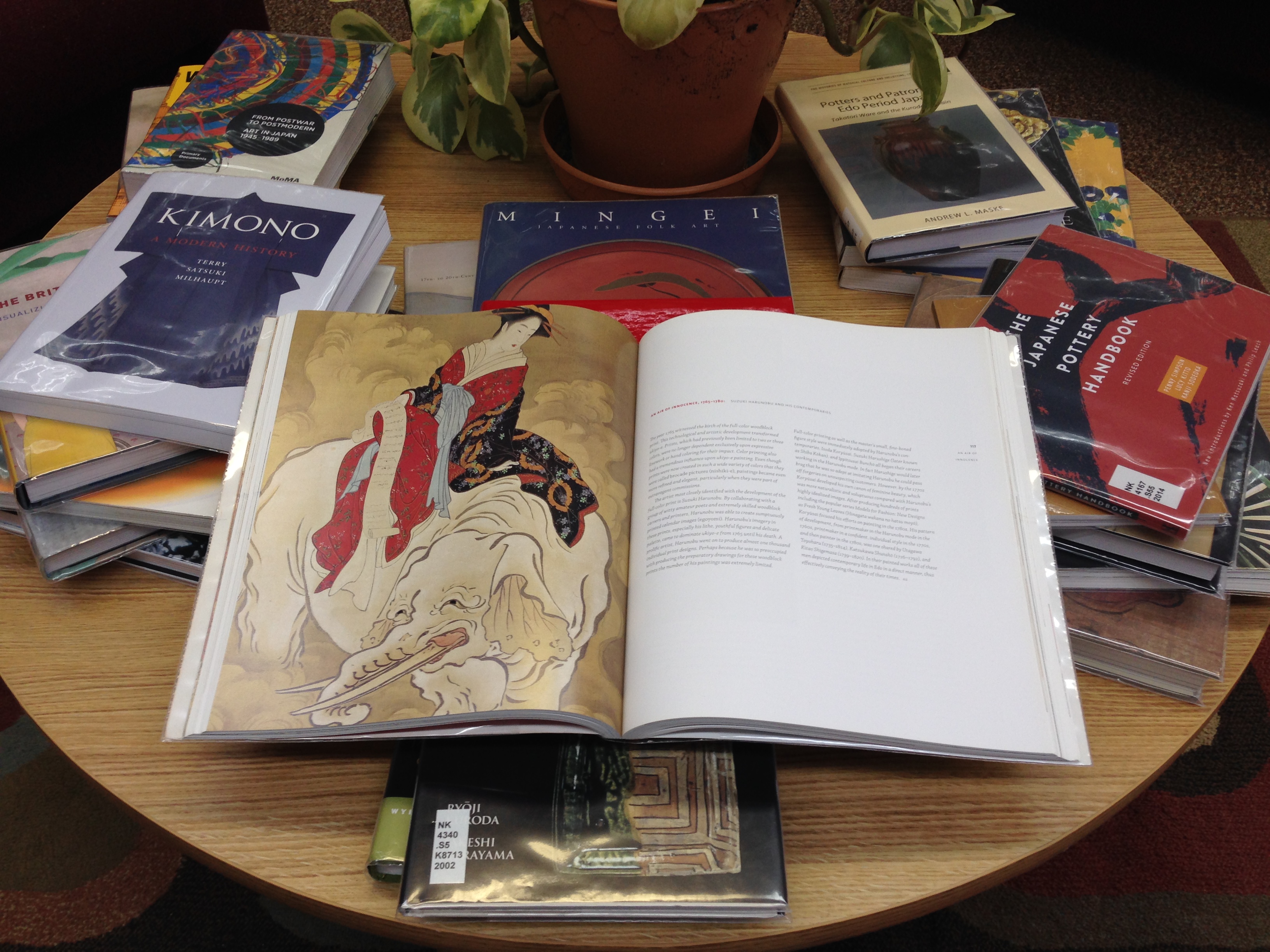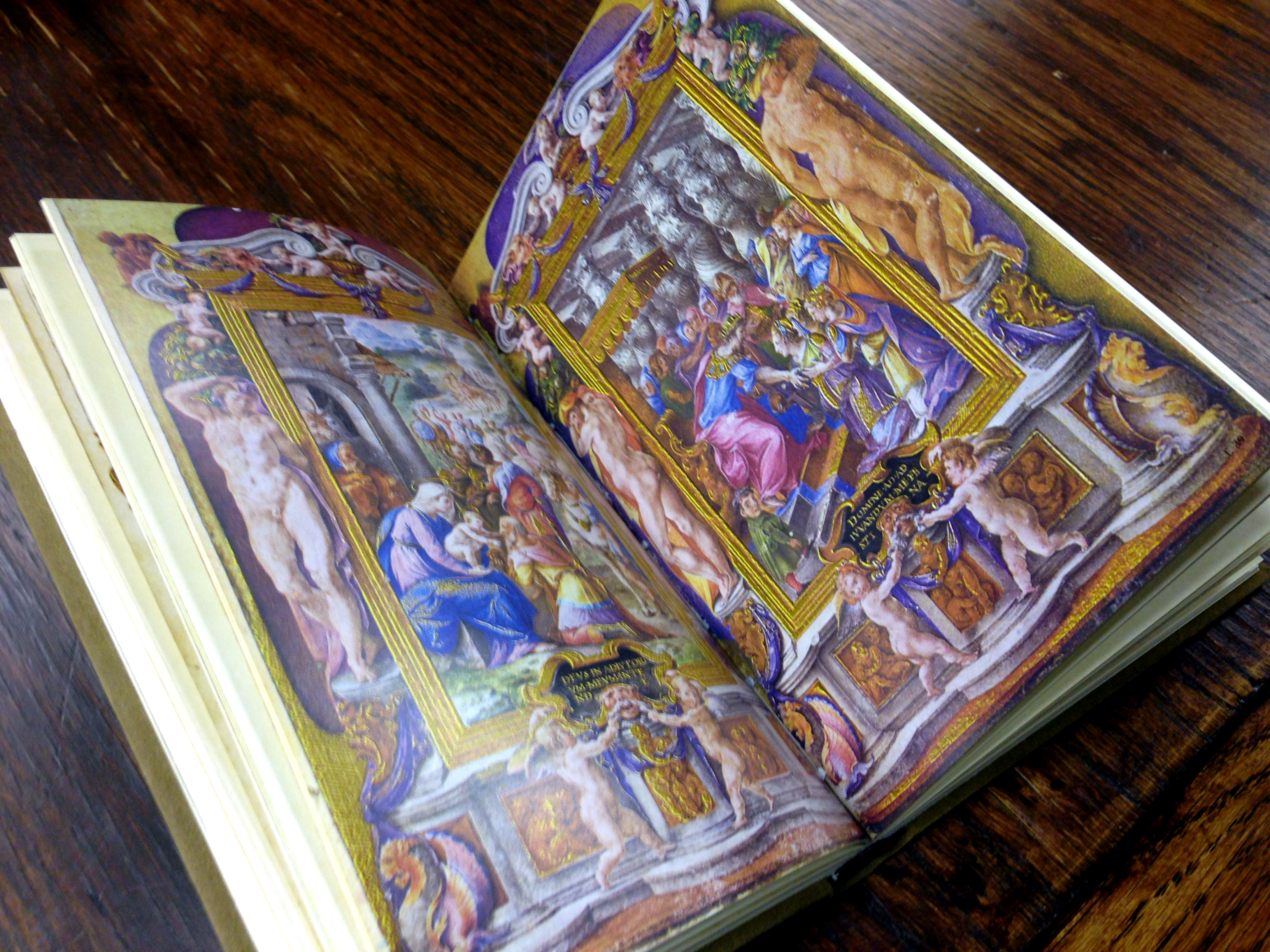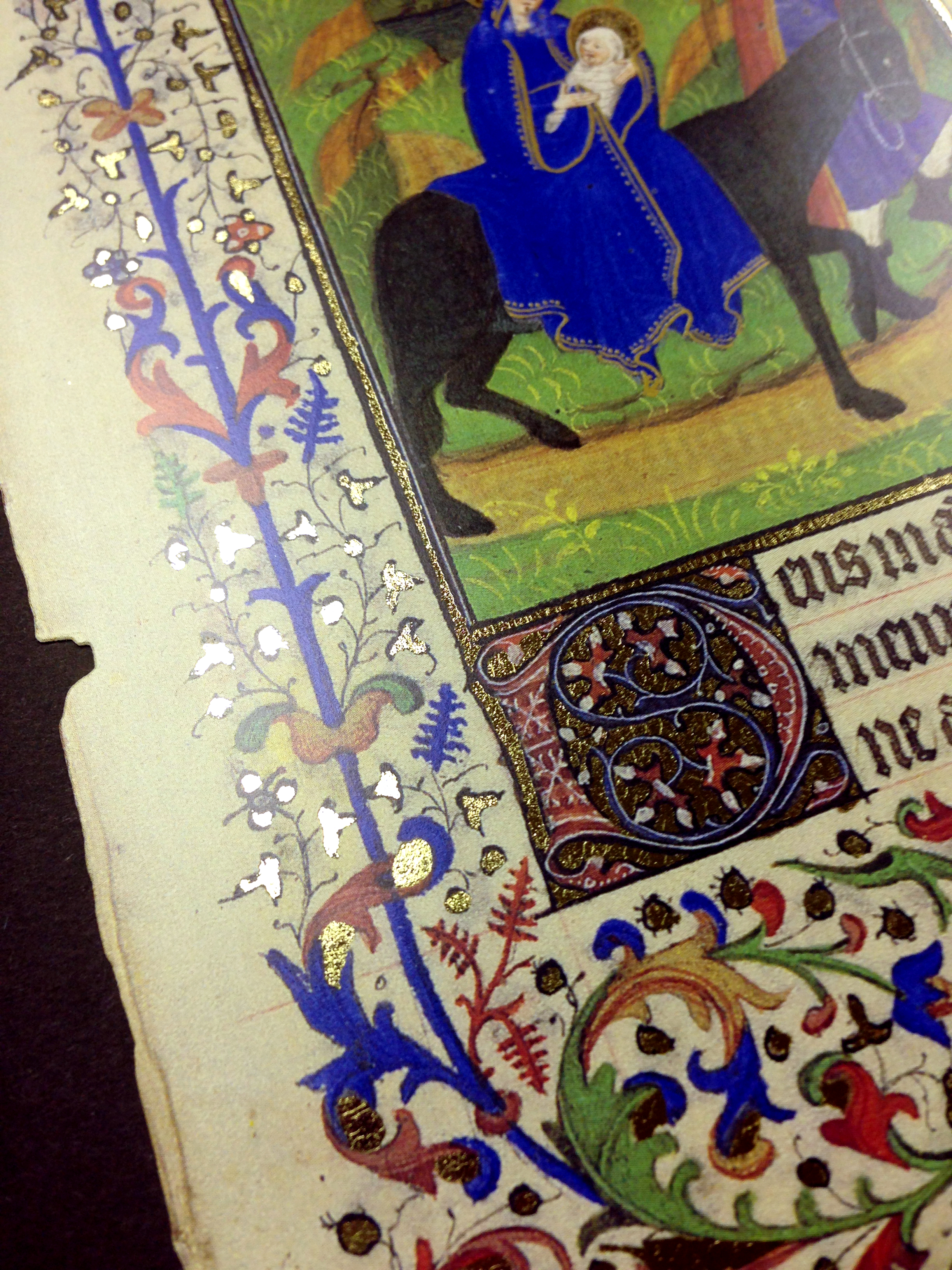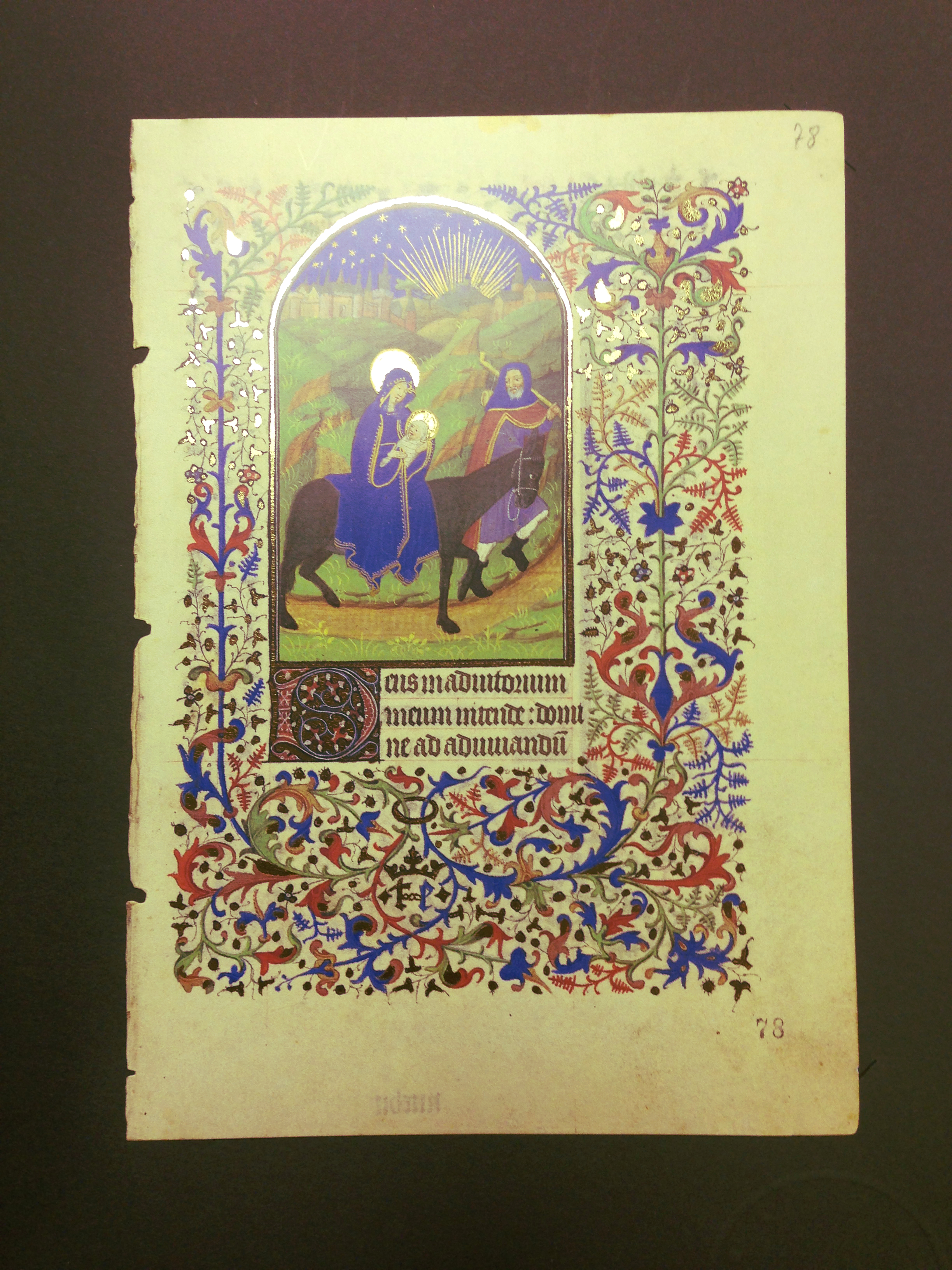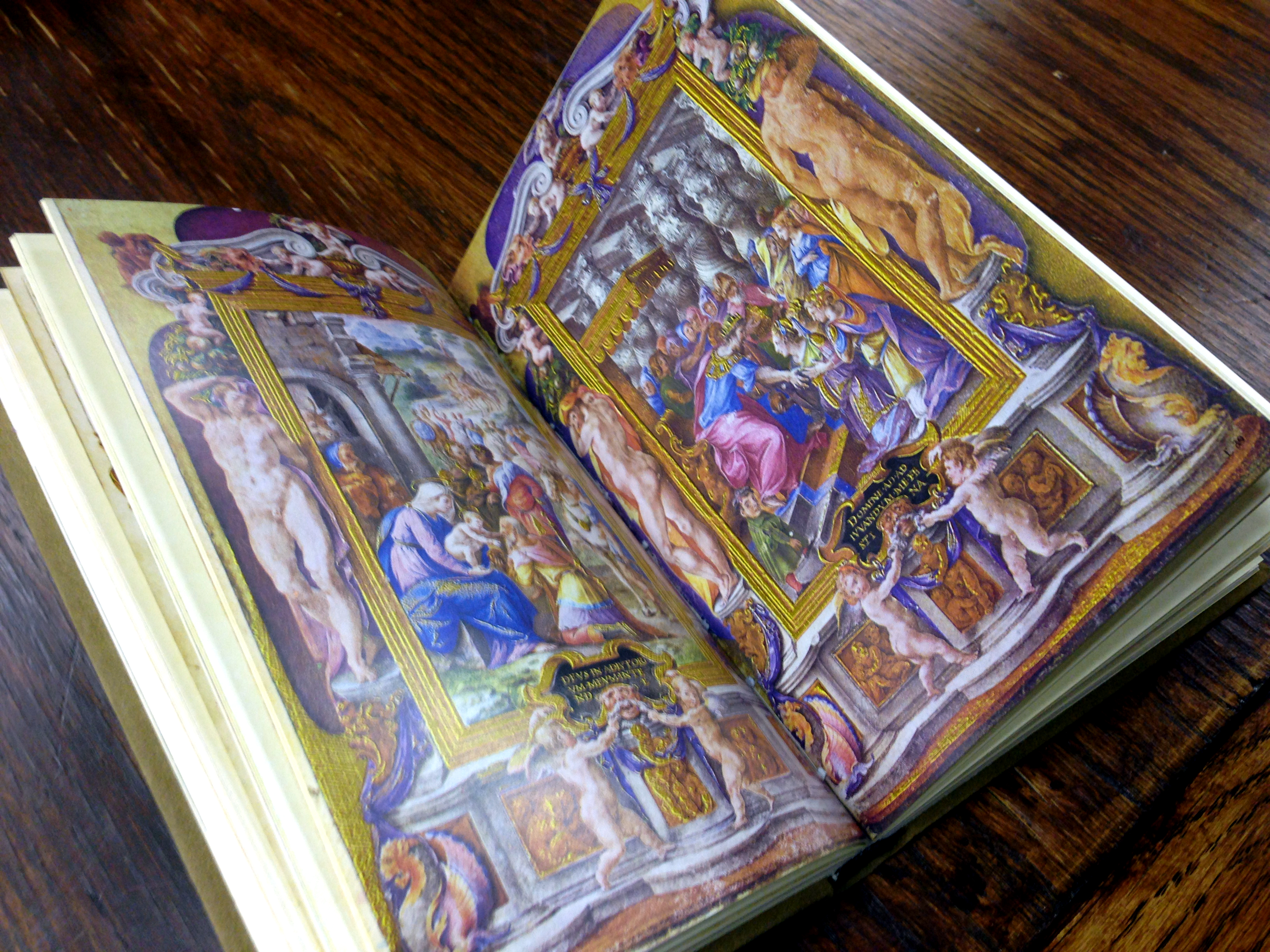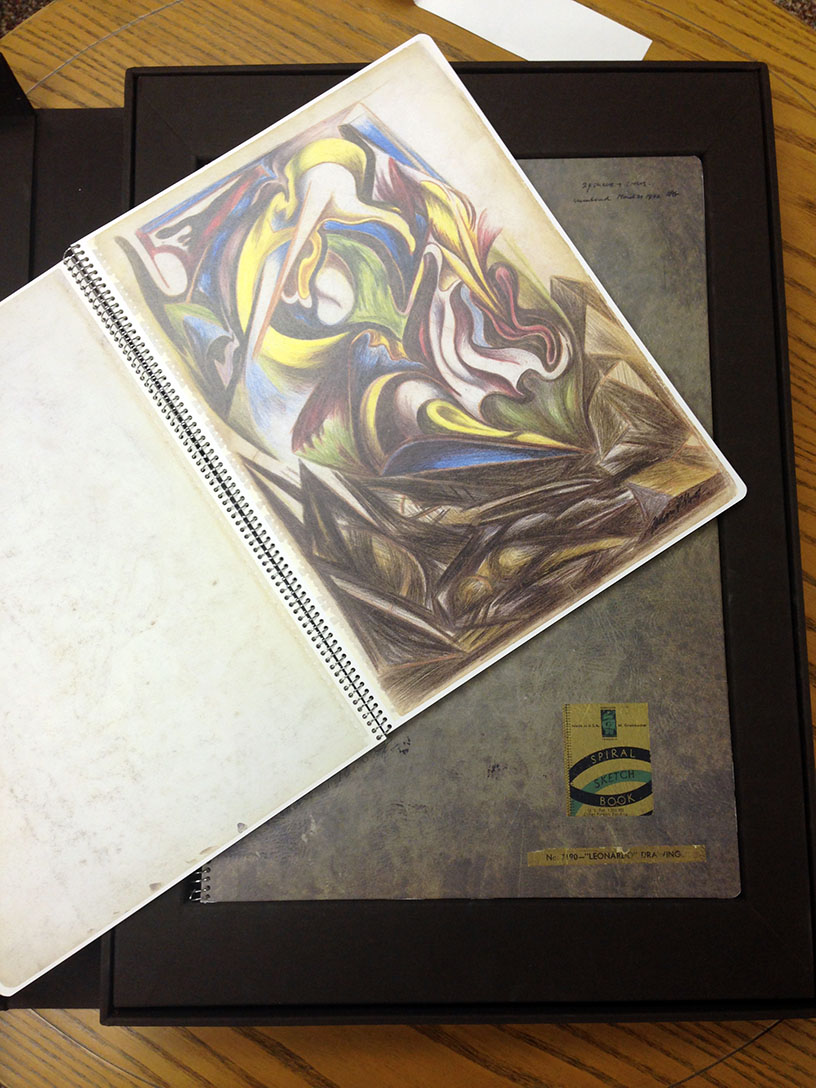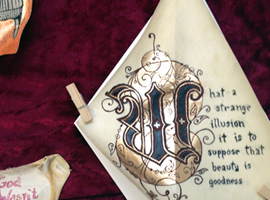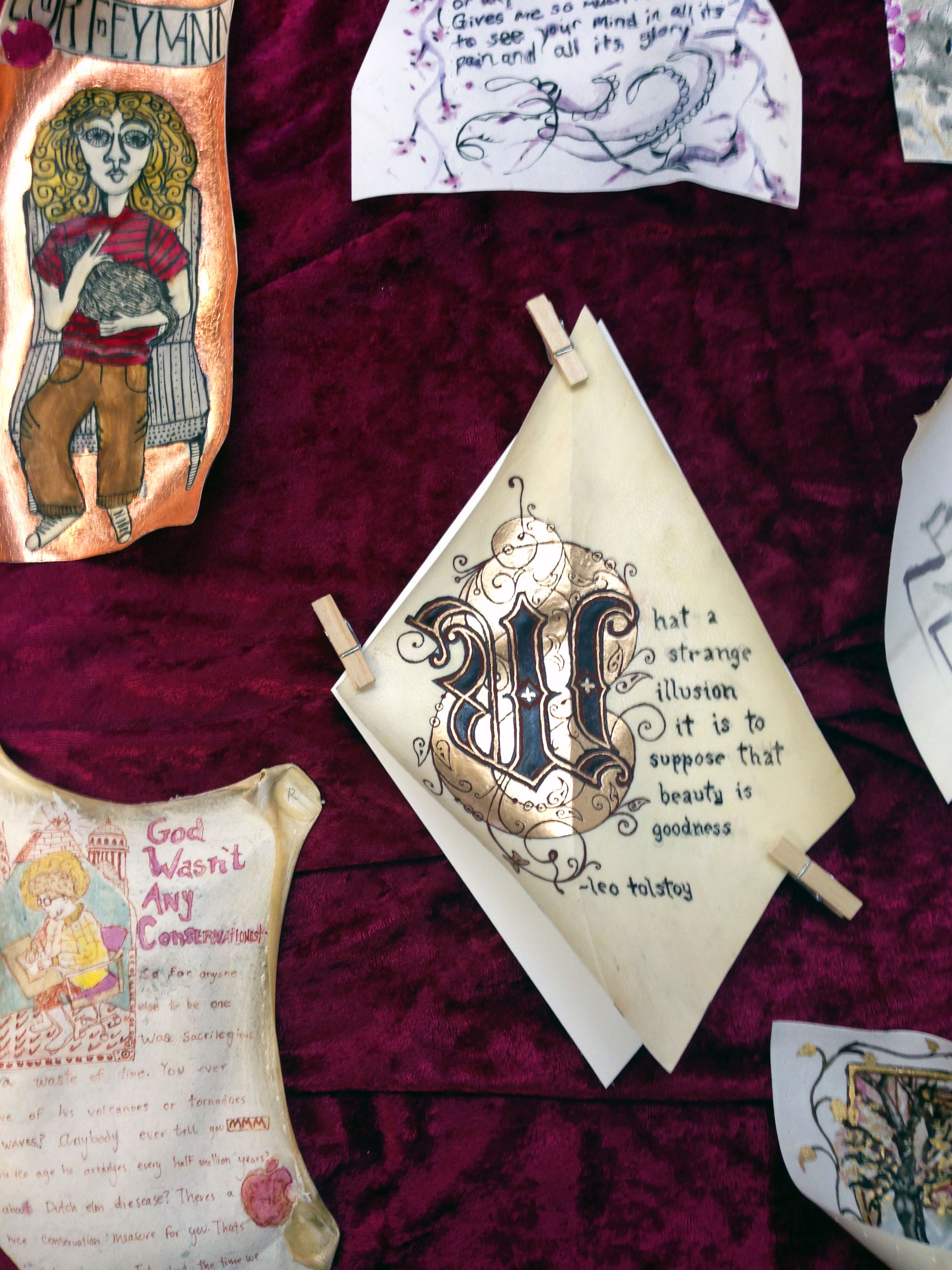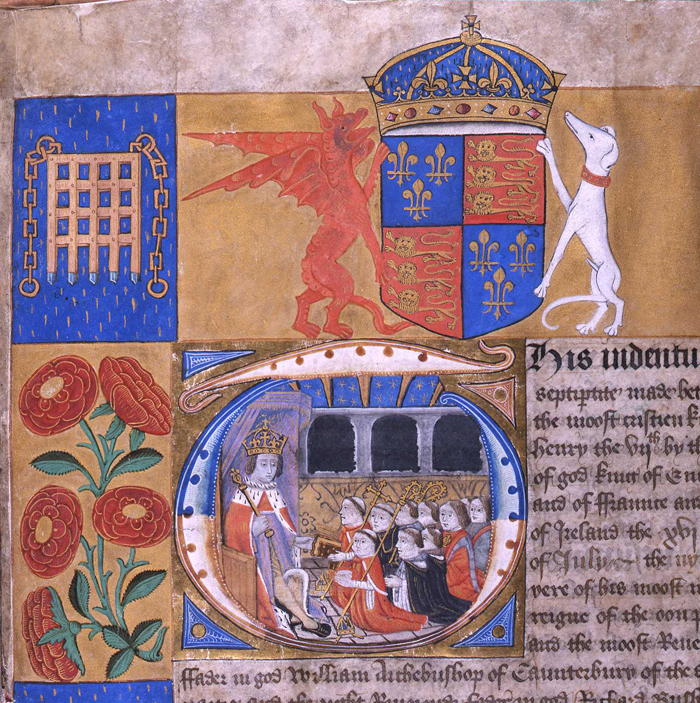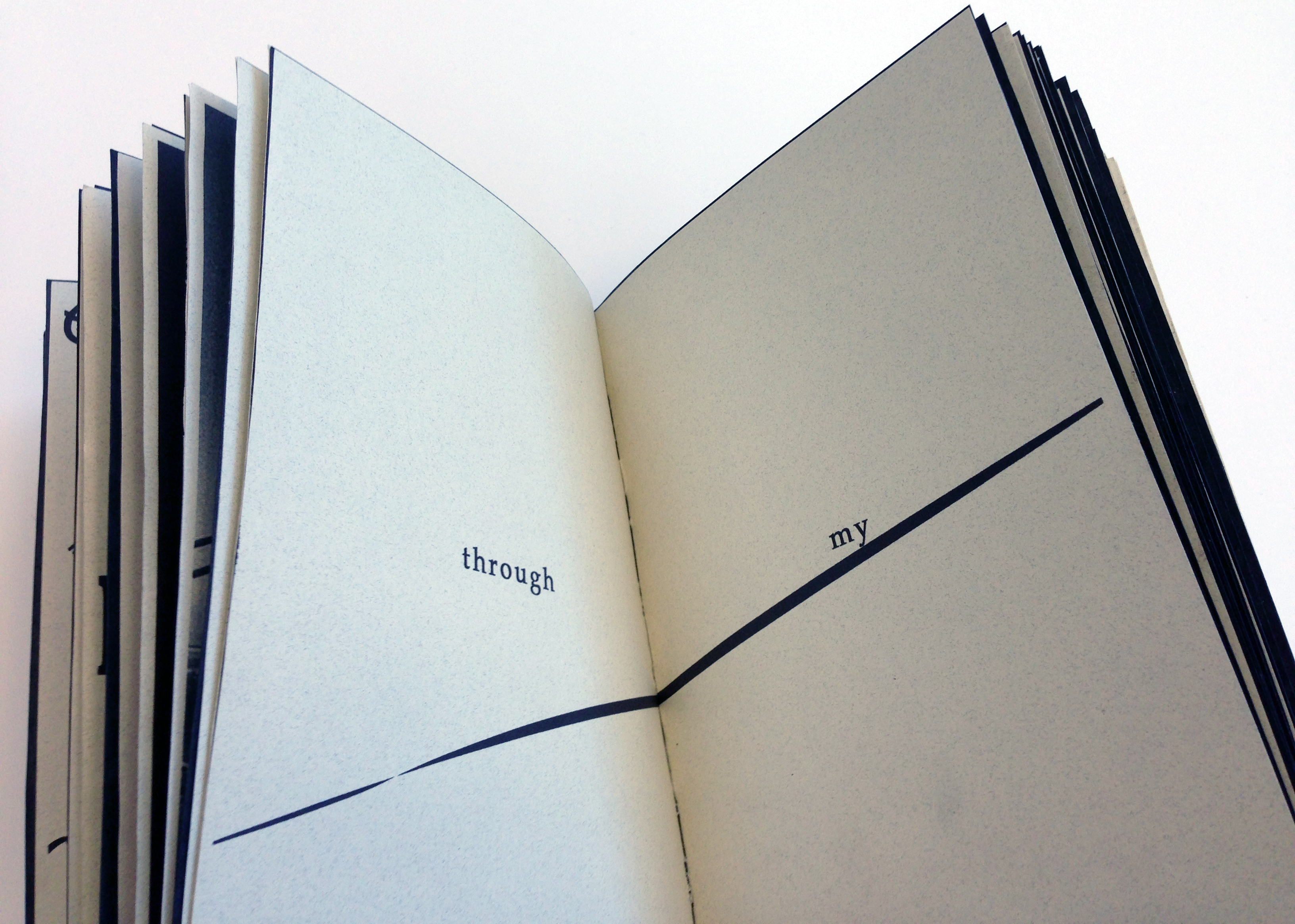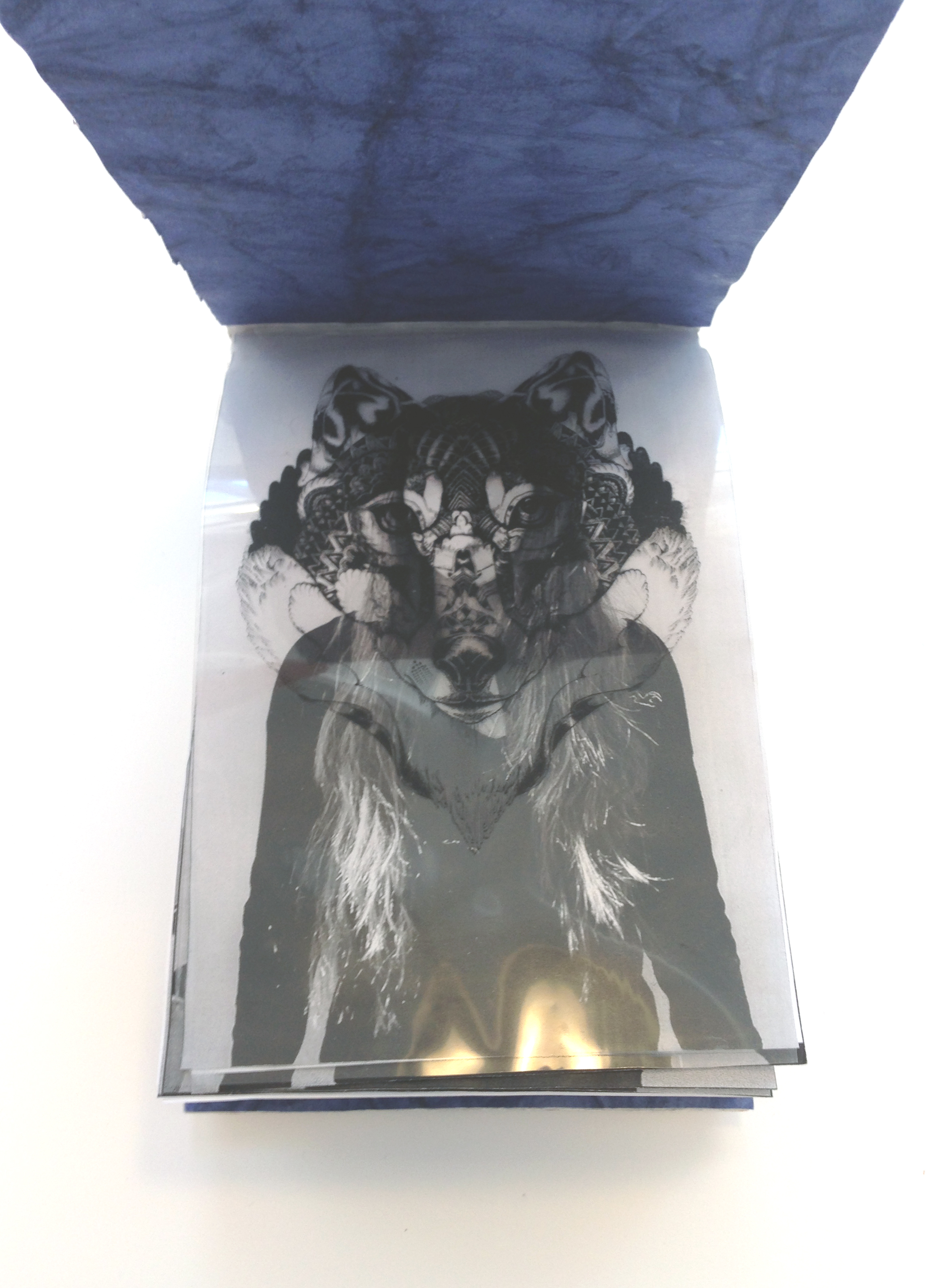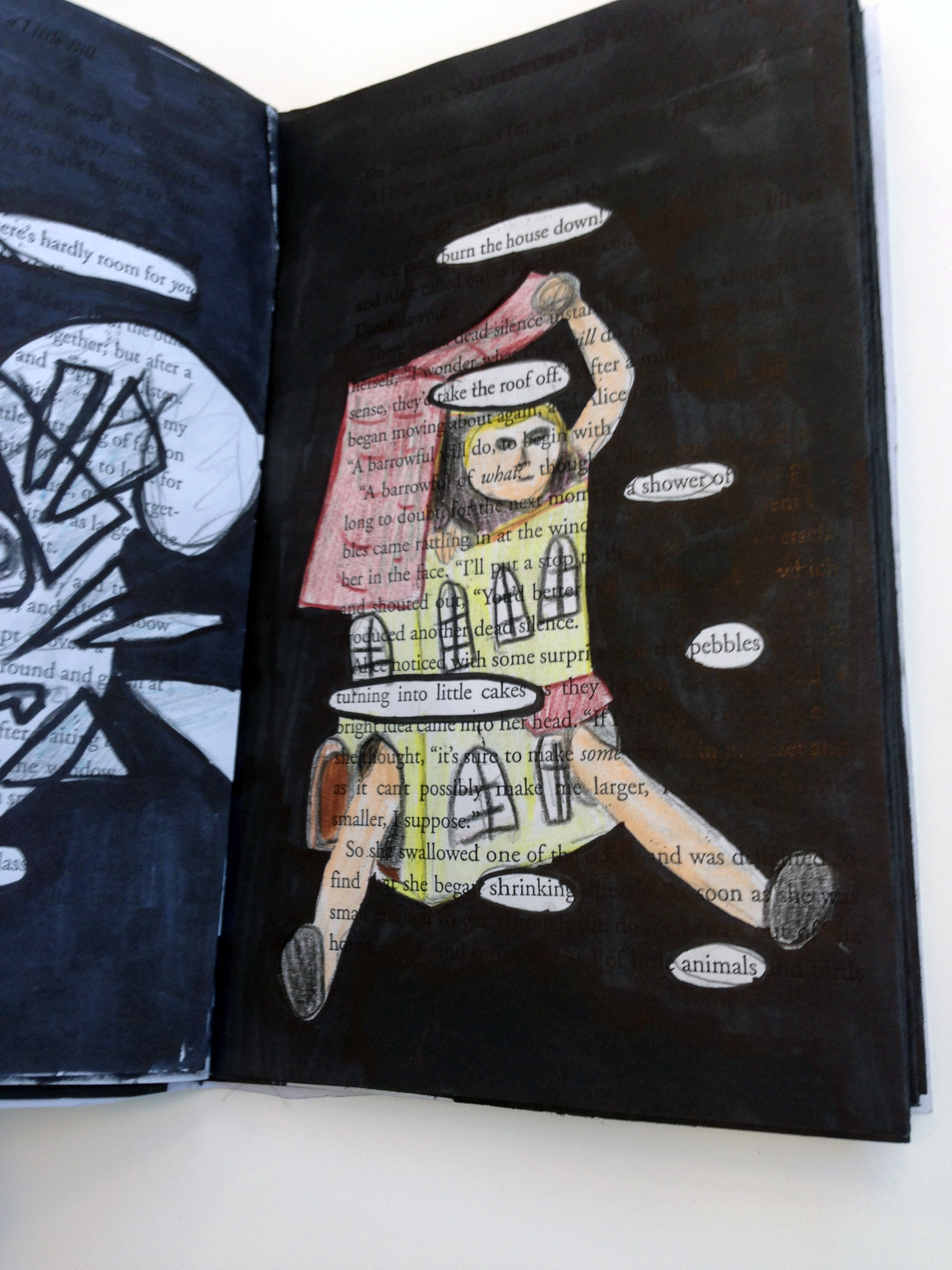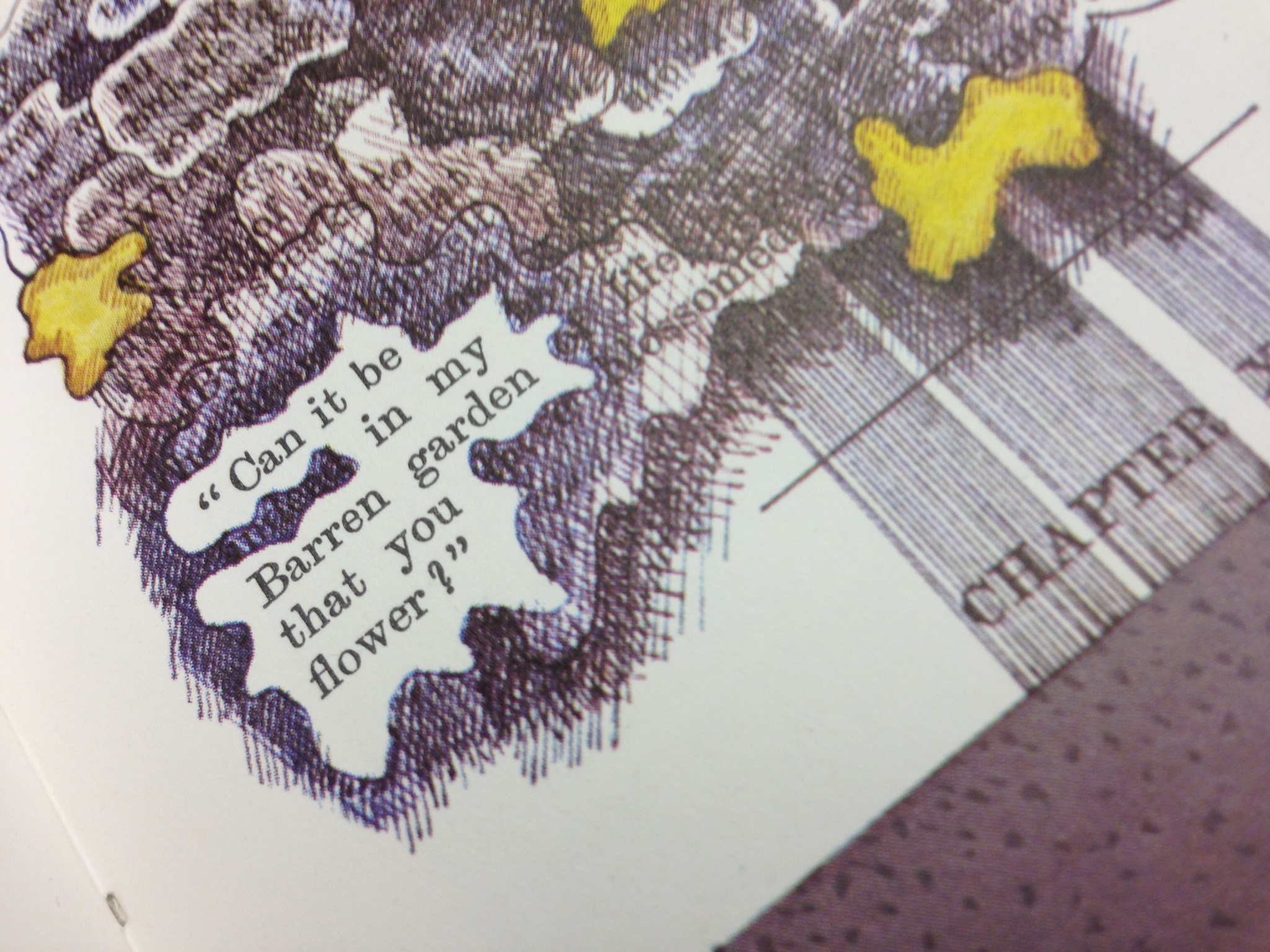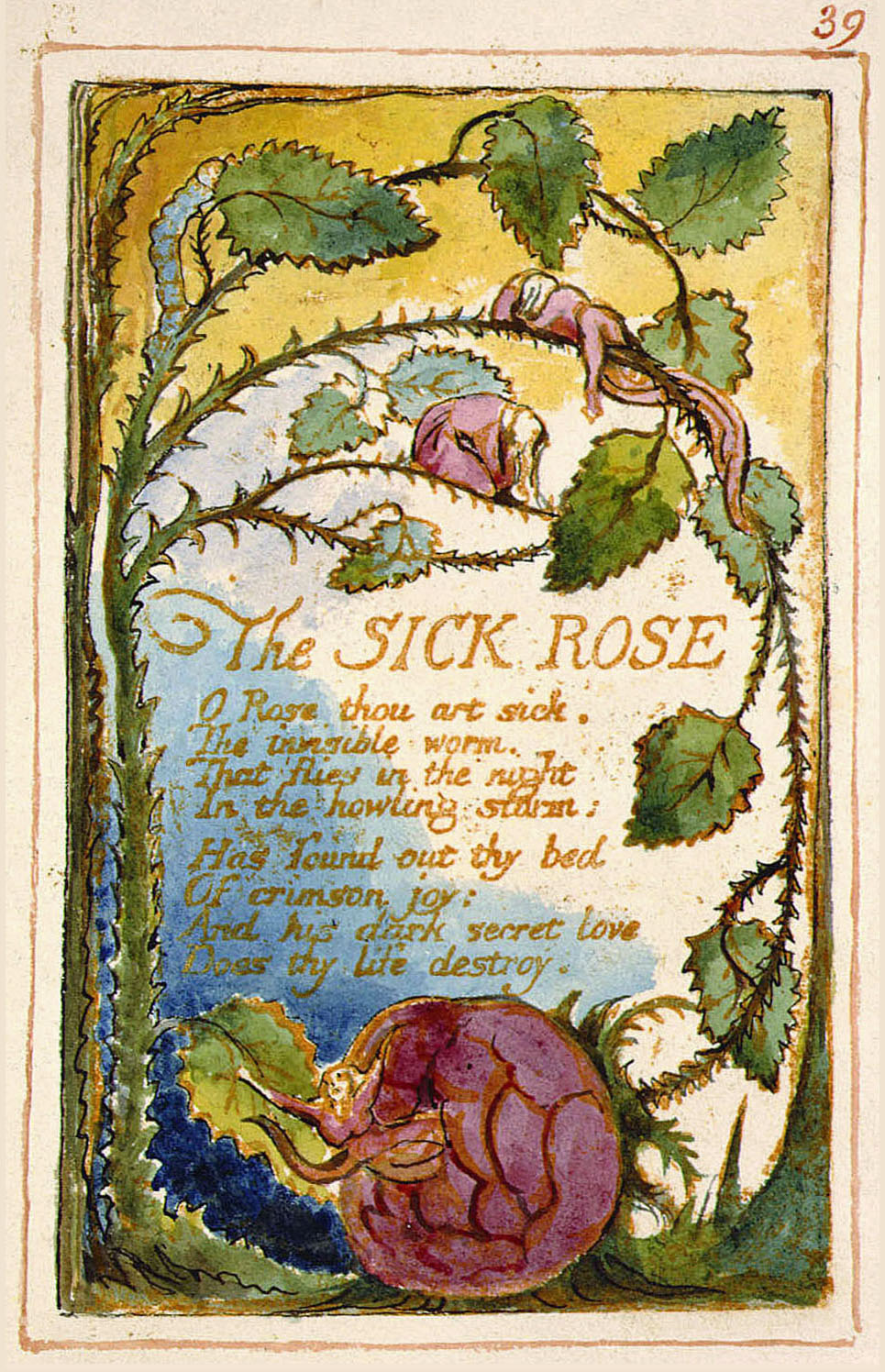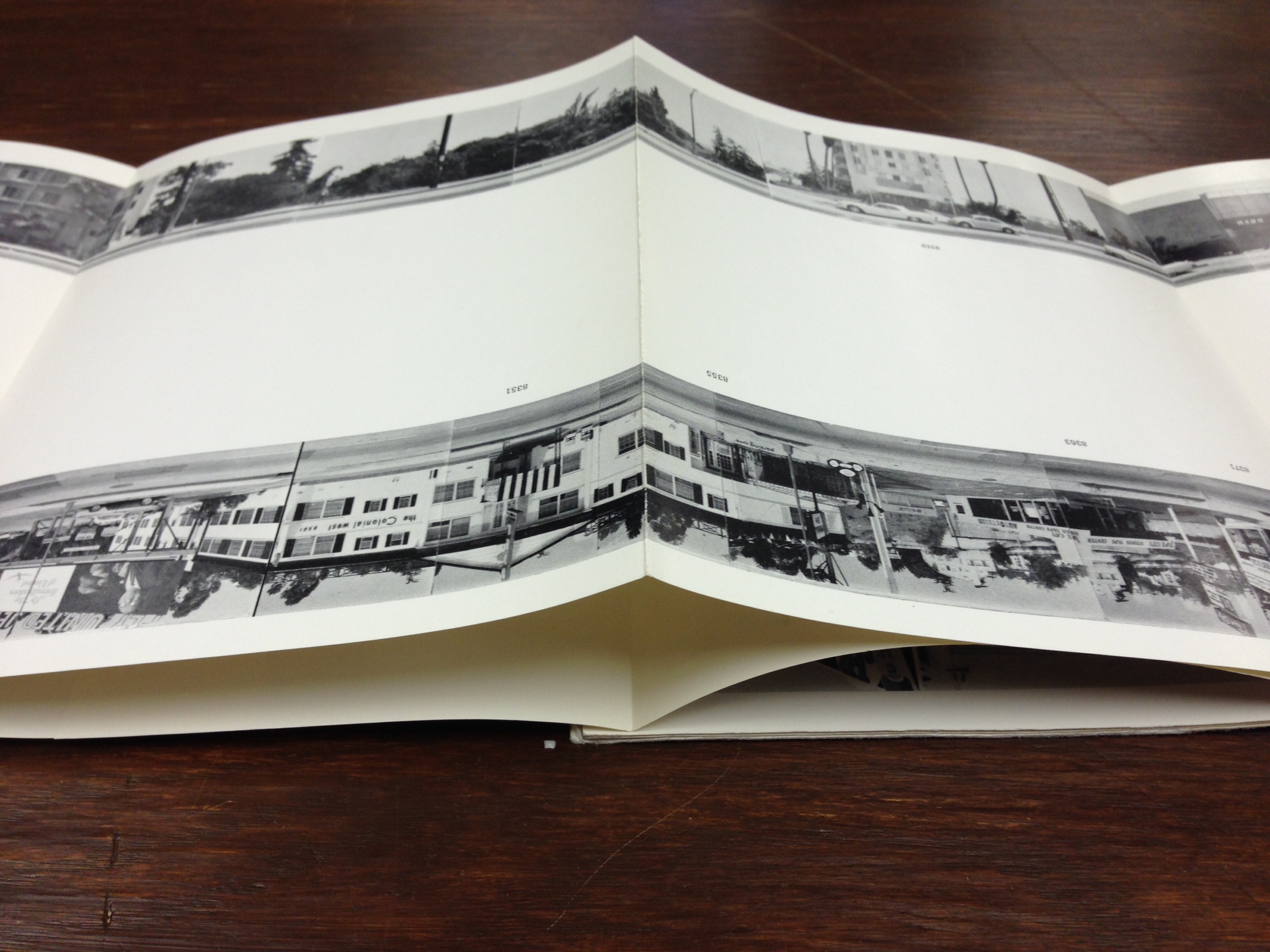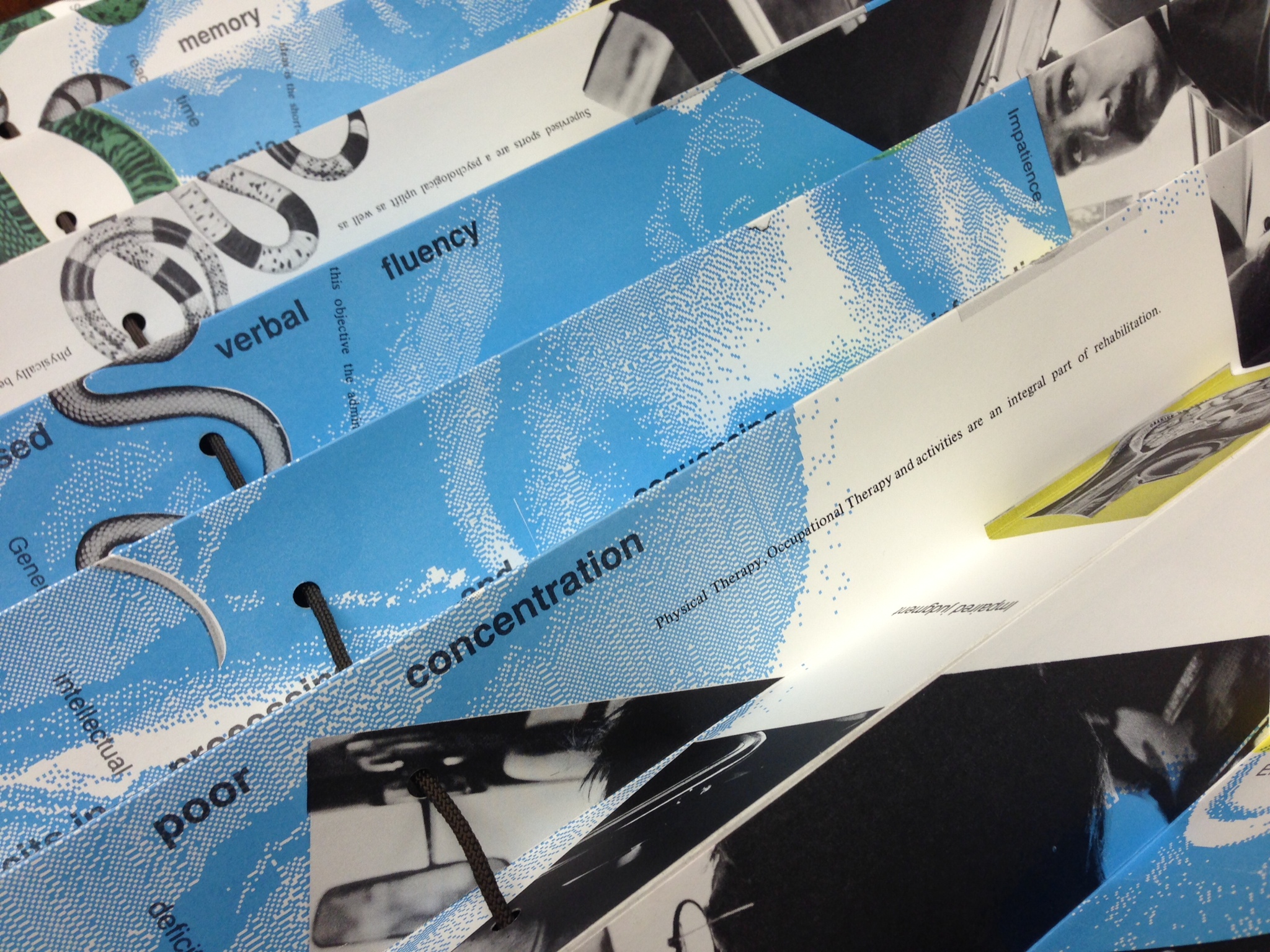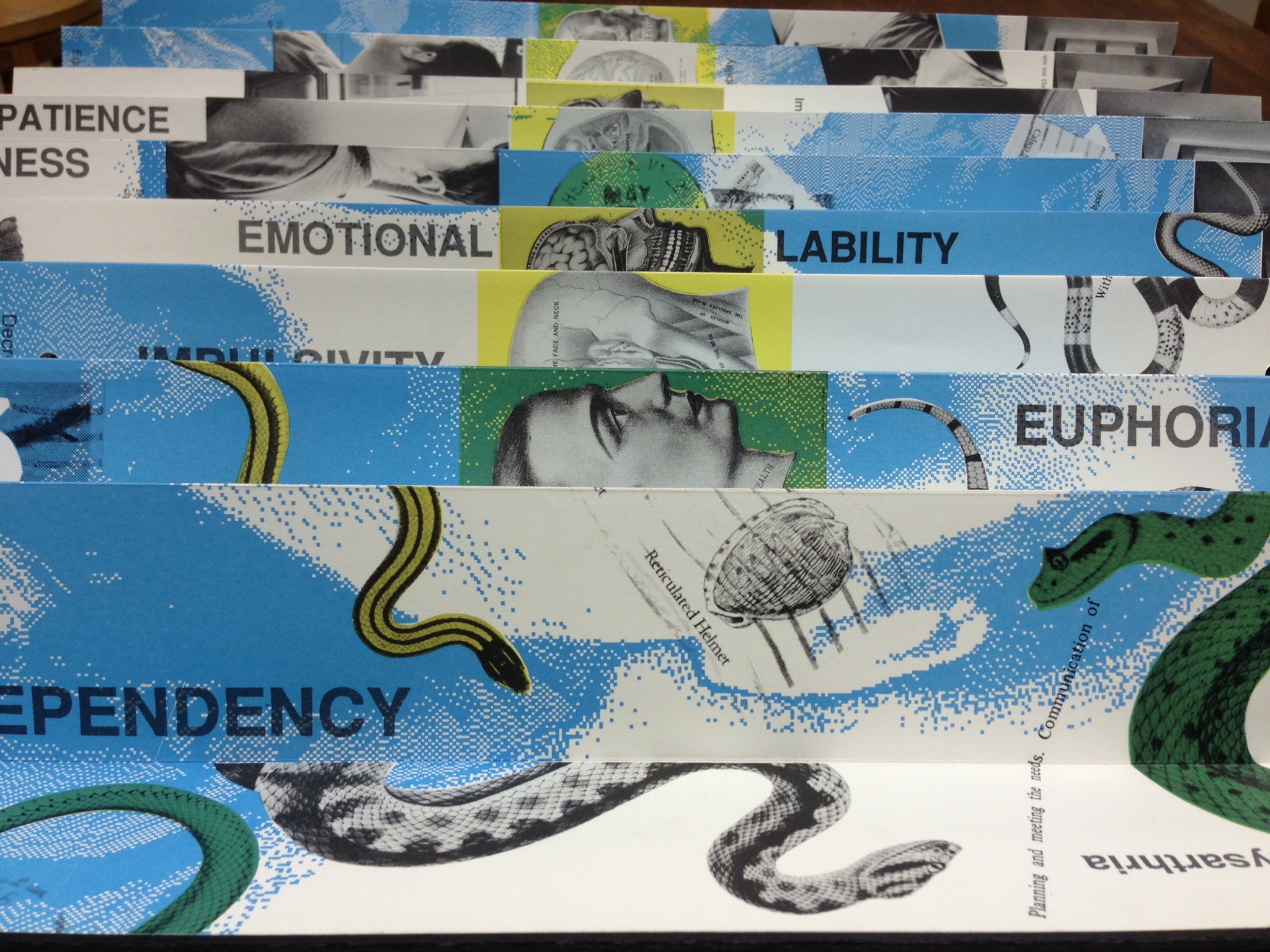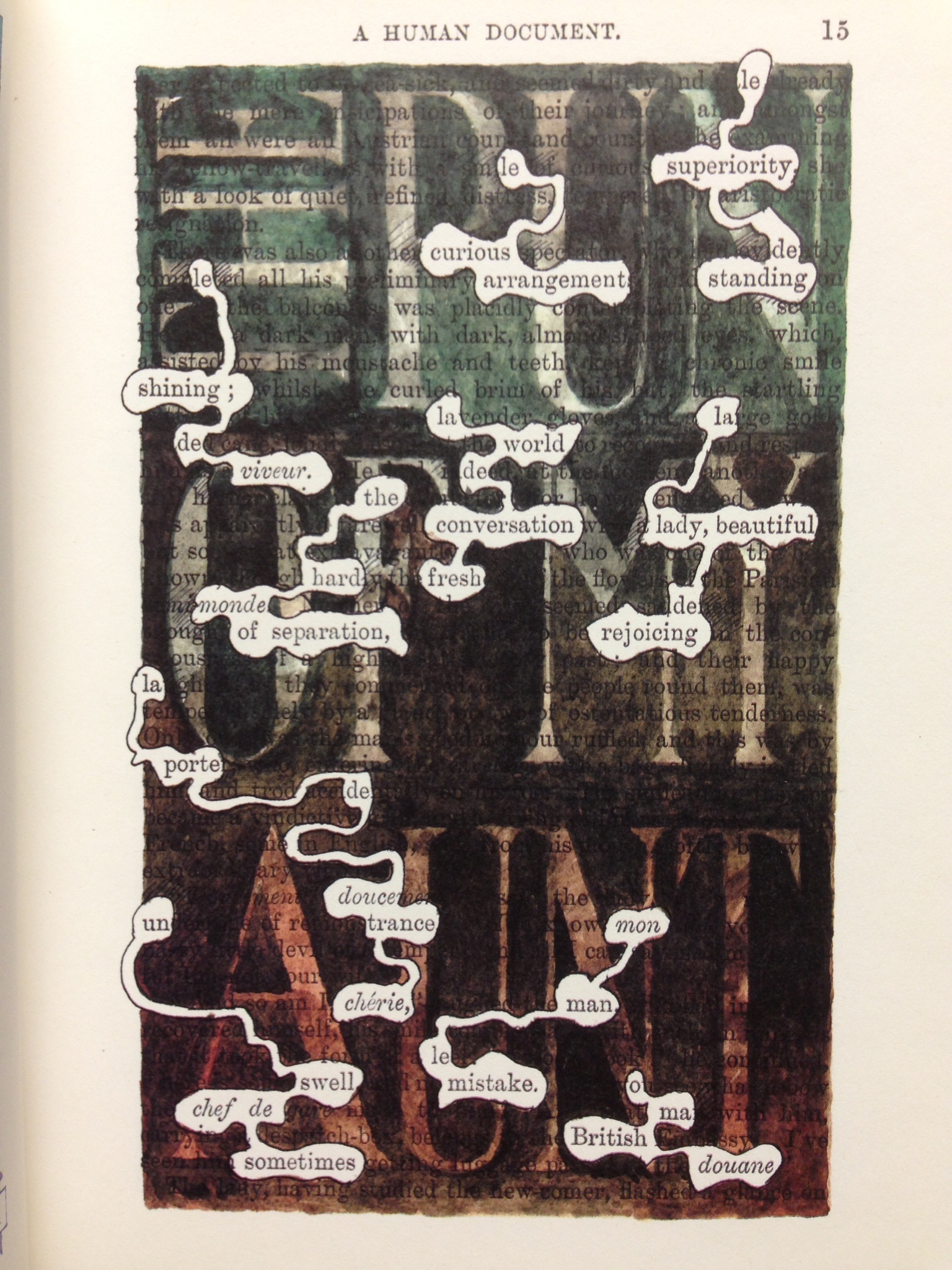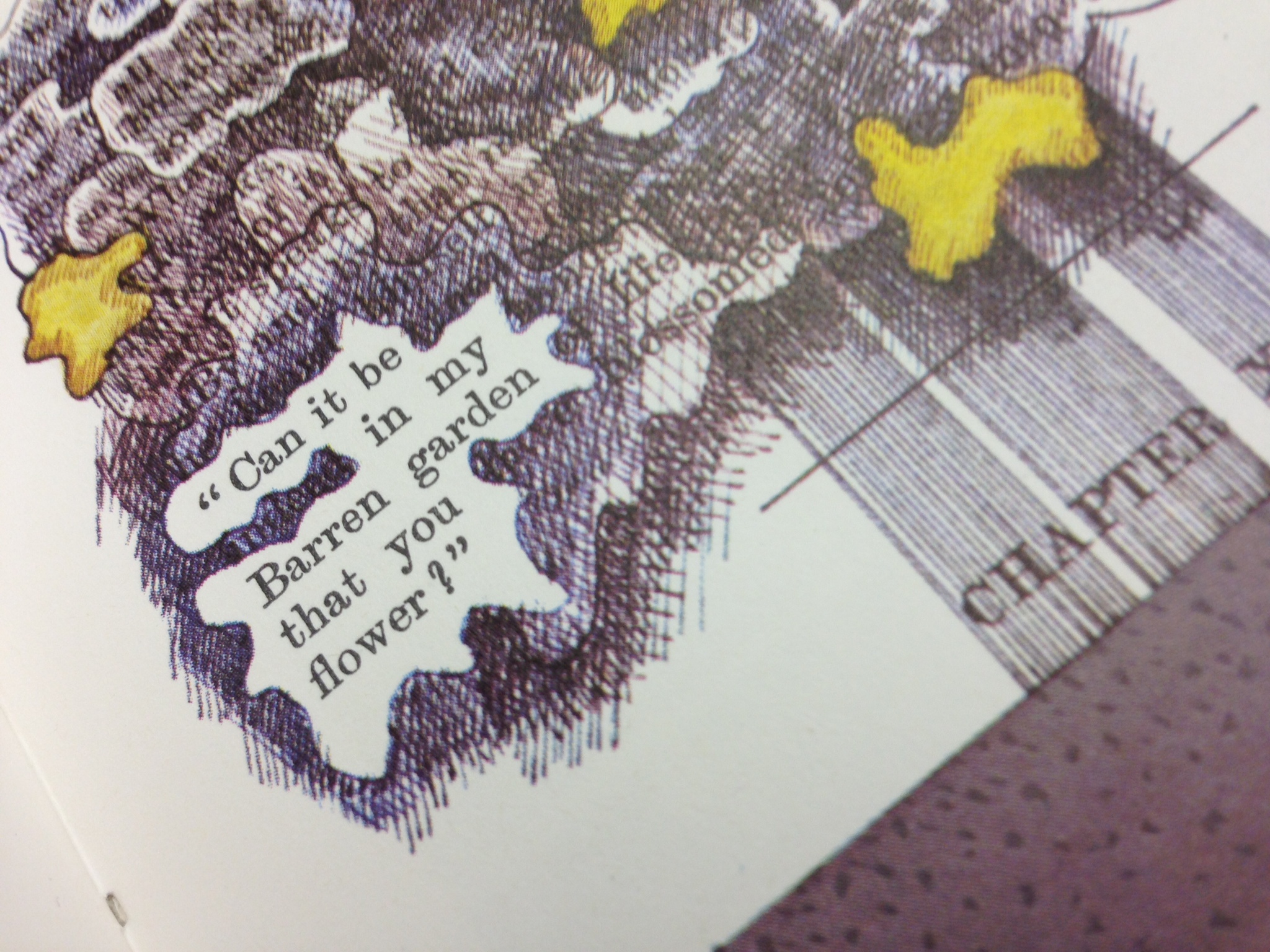“Yer a wizard, Harry!”
Happy birthday to Harry Potter! In Rowling’s books, July 31st, 1991 was the day that Hagrid showed up to introduce Harry to the wizarding world. It seemed like July 31st would be a fitting day to introduce you, our readers and patrons, to the professors of Hogwarts University. This is our line up of speakers for the Harry Potter’s World series, roughly in their order of appearance on the schedule. You can find the full schedule of events–including the Opening Reception and Halloween Ball!–at our site here: http://libguides.alfred.edu/harrypotter
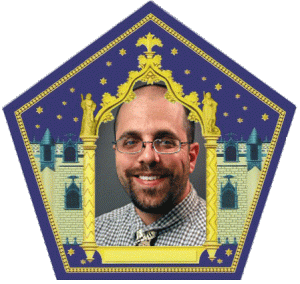
John D’Angelo
Hogwarts House: Gryffindor
Favorite Subject: Potions
Patronus: Monkey
Potions Lecture – “What If Magic Were Real?: Modern Technology, Love Potions, Veritaserum, Elixirs of Life, Liquid Luck, and Liquid Death”
Thursday, September 3rd • 7:30 pm • Scholes Library Second Floor Classroom
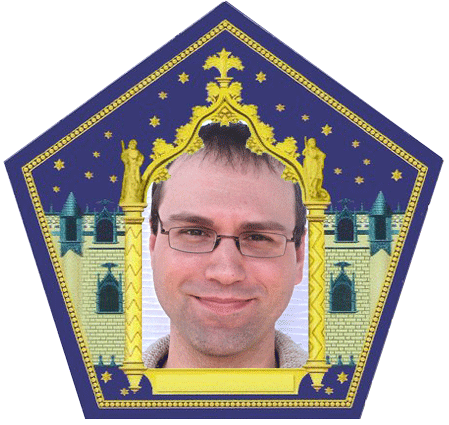
Kevin Ferst
Hogwarts House: Hufflepuff
Favorite Subject: Herbology
Patronus: Porcupine
Herbology Lecture – “Counteracting Spells Using Classic Chinese Herbal Formulas”
Thursday, September 10th • 7:30 pm • Herrick Library Seminar Room
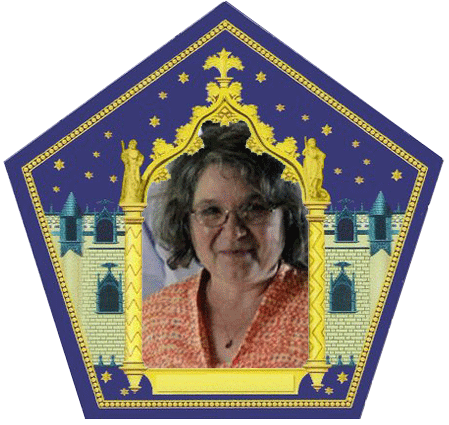
Cheryld Emmons
Hogwarts House: Hufflepuff
Favorite Subjects: Herbology and Potions
Patronus: Owl or snake
Herbology Lecture – “How to Identify Plants”
Sunday, September 13th • 4:00 pm • Scholes Library Second Floor Classroom
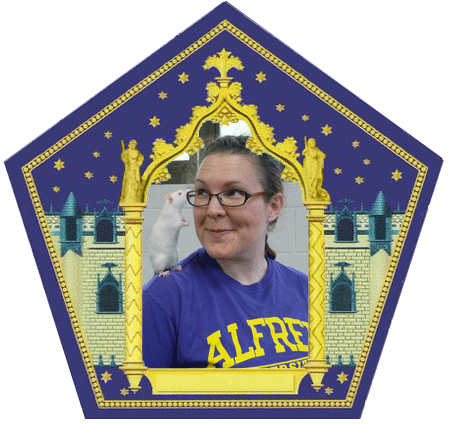
Beth Johnson
Hogwarts House: Ravenclaw
Favorite Subject: Muggle Studies
Patronus: Rat
Muggle Studies Lecture – “But It’ll Be Fascinating to Study Muggles from the Wizarding Point of View!”
Sunday, September 20th • 4:00 pm • Herrick Library Seminar Room

David DeGraff
Hogwarts House: Ravenclaw
Favorite Subjects: Charms and Flying
Patronus: Adelie penguin
Arithmancy Lecture – “Time Turners and Time Travel are Totally True”
Sunday, September 27th • 4:00 pm • Herrick Library Seminar Room
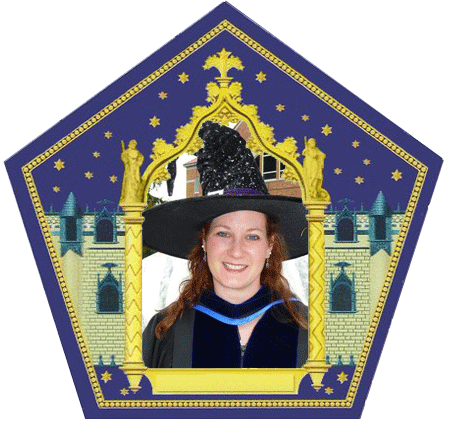
Danielle Gagne
Hogwarts House: Slytherin (despite the sorting hat’s attempt to put her in Hufflepuff)
Favorite Subjects: Muggle Studies, Care of Magical Creatures, and Dark Arts
Patronus: Elephant
Charms Lecture – “Invisibility”
Thursday, October 1st • 7:30 pm • Scholes Library Second Floor Classroom

Bridget Riley
Hogwarts House: Ravenclaw
Favorite Subject: History of Magic
Patronus: Cat
History of Magic Lecture – “The Hereford Mappa Mundi: Features and Creatures”
Sunday, October 4th • 4:00 pm • Scholes Library Second Floor Classroom
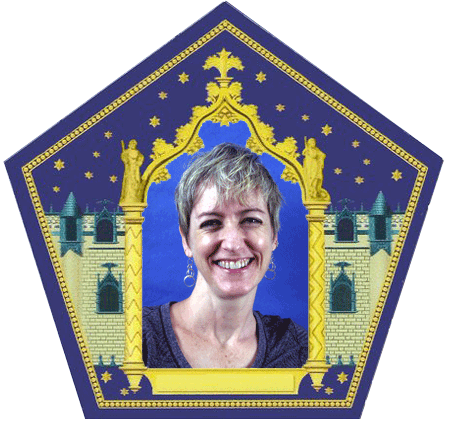
Laurie McFadden
Hogwarts House: Gryffindor
Favorite Subject: History of Magic
Patronus: Leopard
History of Magic Lecture – “If These Walls Could Talk”
Thursday, October 8th • 7:30 pm • Steinheim Castle
And, for the heck of it, and because you’ll be hearing a LOT from me in the coming Harry Potter-filled weeks/months, here’s me, your “Harry Potter’s World” coordinator and local Ravenpuff:

Eva Sclippa
Hogwarts House: Ravenclaw (with Hufflepuffian sympathies)
Favorite Subjects: Potions and Care of Magical Creatures
Patronus: Pterodactyl
